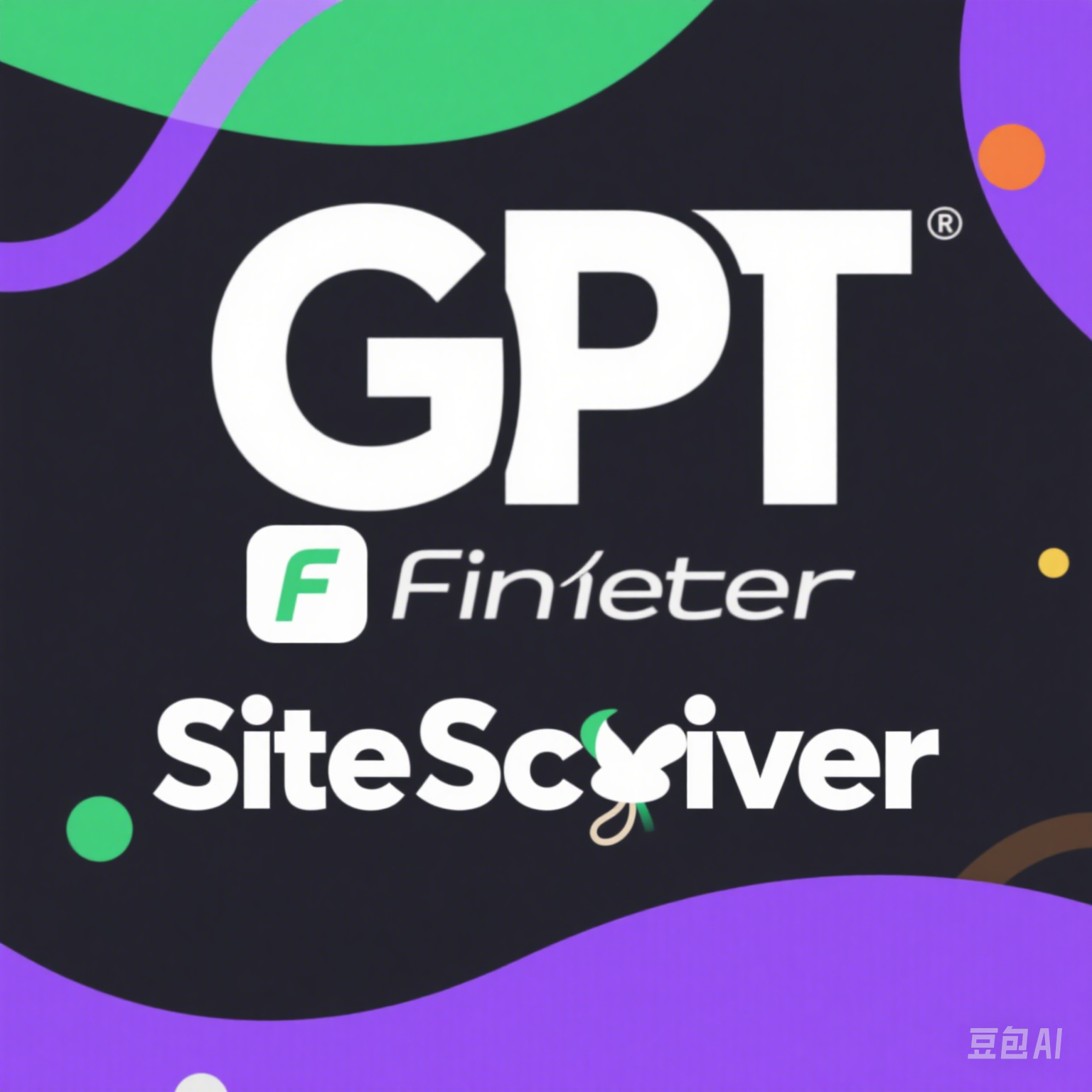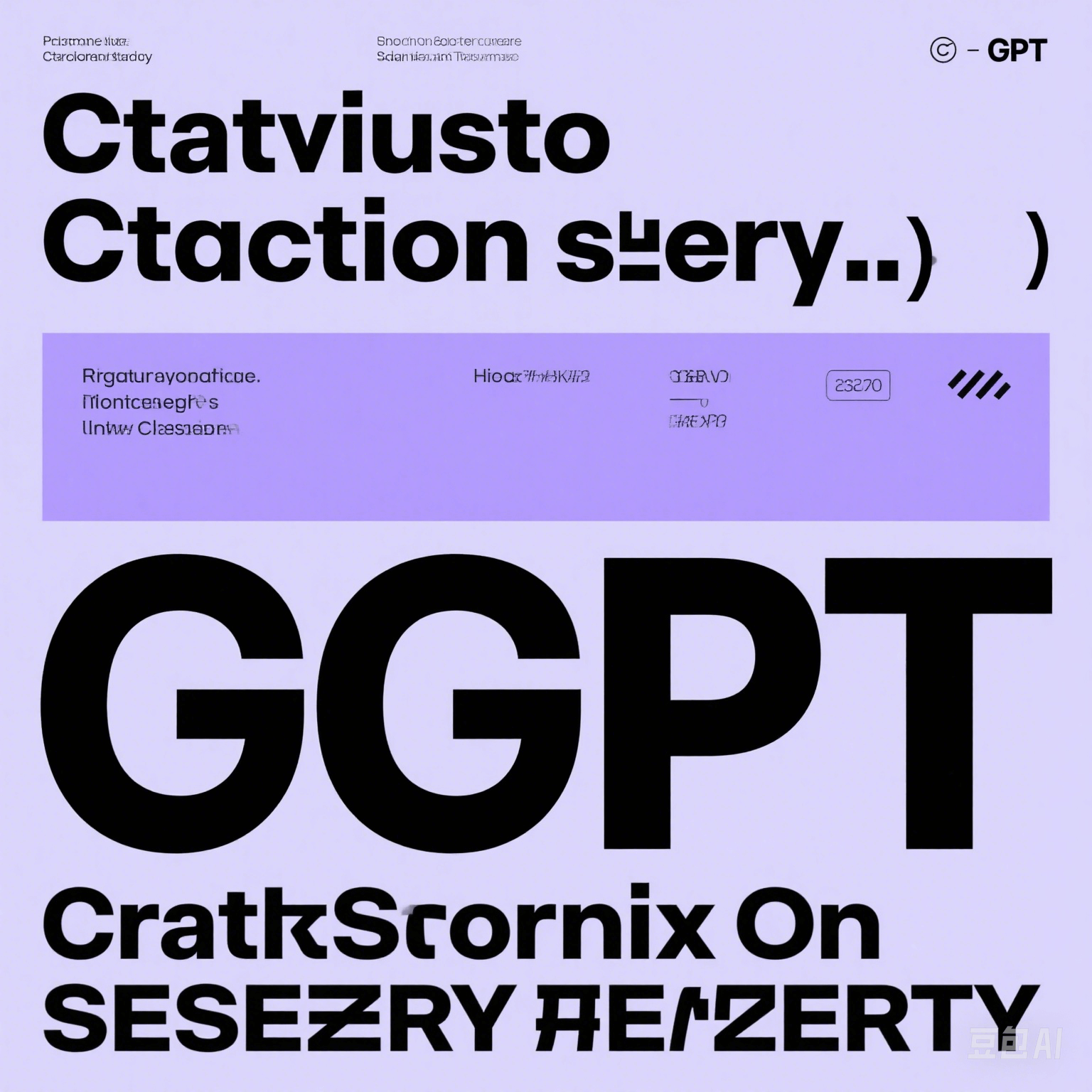Introduction: The Definition of GPT and Its Importance in AI
Generative Pre-trained Transformers (GPT) are customized versions of large language models (LLMs), such as ChatGPT. By integrating instructions, additional knowledge, and skills, GPTs can be optimized for specific needs. In November 2023, OpenAI launched the custom GPT feature, followed by the release of the GPT Store in January 2024—a public platform for users to create and share personalized LLMs. This marked a significant milestone in the evolution of artificial intelligence. GPTs have democratized AI development, enabling non-technical users to build specialized AI tools. The rapid emergence and widespread adoption of custom GPTs reflect a major shift in AI development—from generic models to highly specialized solutions created by a broader user base.
The Rise of Custom GPTs: Current Status and Development Trends
As of mid-February 2024, over 3 million custom GPTs have been created globally, with approximately 159,000 active models available in the GPT Store. Since the store's launch, the number of new models added daily has remained steady at around 500–1000. Notably, at the end of December 2023, the number of new and removed models balanced out, causing no net growth. The only day with negative growth occurred on January 20, 2024, when nearly 2,000 models were removed. By February 3, the average daily additions surged to 1,500. Geographically, the U.S. leads in user traffic, followed by South Korea and India. As of March 2025, custom GPTs have been upgraded to use the GPT-4o model. This rapid ecosystem growth demonstrates a strong demand for specialized AI tools and reveals regional market opportunities.
GPT Store Analysis: Popular and Emerging Categories
The GPT Store features categories such as: Trending Picks, DALL·E Image Generation, Writing, Productivity Tools, Research & Analysis, Programming, Education, and Lifestyle. According to March 2024 data, the GPTs with the highest average conversation volumes include: Image Generator, Write For Me, Consensus, Logo Creator, Canva, Scholar GPT, Code Copilot, Humanizer Pro, Grimoire, and VideoGPT. In April, research-oriented tools like AI PDF and AskYourPDF Research Assistant gained popularity. Website traffic analysis shows the most favored categories are productivity, programming, and image generation. This distribution highlights user preferences for creativity support and efficiency tools, as well as a growing demand for AI-powered information processing in academic settings.
Technical Analysis: GPT Capabilities, Limitations, and Architecture
Custom GPTs are built on base models like GPT-4o, offering natural language processing, multimodal capabilities (text/image), and enhanced contextual understanding. Developers can improve model performance by uploading domain-specific data (text, spreadsheets, databases, etc.). However, limitations include: output bias from training data, high environmental costs due to computational demands, and usage barriers for small to mid-sized enterprises. Compared to the general-purpose ChatGPT, custom GPTs offer persistent instruction memory and more stable domain-specific responses. Technically, they leverage a Transformer architecture with attention mechanisms, reinforced through features like custom instructions, knowledge base uploads, and conversational guidance. Effectiveness depends heavily on the quality and relevance of the training data.
Industry Applications: Cross-Sector Case Studies
- Education: Personalized tutoring (e.g., Khan Academy’s Code Tutor), homework grading, and course design
- Customer Service: Automated FAQs (e.g., Guru GPT), improved communication efficiency
- Content Creation: Assistance with article and script writing (e.g., Write For Me)
- Healthcare: Diagnostic support, medical record management
- Finance: Stock analysis (e.g., StockCode), fraud detection
- Cross-Industry: Supports over 60% of professional roles, significantly boosting task efficiency
Challenges and Countermeasures: Copyright, Security, and Ethics
As applications expand, three major challenges have emerged:
- Copyright Disputes: Ownership of training data and rights over AI-generated content
- Misuse Risks: Exploitation by cybercrime for phishing and malware development
- Privacy Concerns: Risks of user data storage and leakage
Addressing these requires a combination of technical filtering, legislative frameworks (e.g., EU AI Act), and industry self-regulation to build a lifecycle governance system.
Future Outlook: Technological Progress and Societal Impact
Technological Advances:
- Integration of multimodal capabilities (text/image/video/audio)
- Real-time adaptive learning systems
- Domain-specific model clusters
- Efficient and lightweight deployment solutions
Societal Impact:
- Restructuring of labor markets (47% of jobs undergoing transformation)
- Paradigm shift in knowledge production
- Narrowing the digital divide (through multilingual support)
- Emergence of new human-AI collaboration models
Performance Evaluation: Benchmark Tests and User Feedback
Quantitative Metrics:
- MMLU multi-task accuracy: GPT-4o scores 81.5%
- GPQA scientific reasoning: 71.4%
User Feedback:
- Positive reviews highlight writing and coding assistance
- Main concerns include instruction forgetfulness (23% complaint rate) and performance variability
- Desired feature: Model rating system (requested by 82% of users)
Conclusion: Current Landscape and Future Pathways
Custom GPTs have developed into an ecosystem of over 3 million active models, with their specialization capabilities reshaping industries. Sustainable growth will require balancing three key dimensions:
- Performance enhancement vs. computational sustainability
- Application innovation vs. ethical boundaries
- Commercial value vs. social benefit
Over the next five years, with the launch of multimodal GPT-5, AI adoption is expected to reach over 80% of job sectors, ushering in an era of intelligent augmentation.
Key Data Tables
Table 1: Popular GPT Application Domains
Category Representative Function Typical Use Cases
| Productivity | Document automation | Contract generation/Meeting notes
| Education | Personalized learning | Language tutoring/Problem solving
| Healthcare | Image analysis | X-ray diagnostic support
Table 2: Technical Parameter Comparison
Metric GPT-4 Turbo GPT-4o
| Response Time | 320ms | 210ms
| Language Support | 25 languages | 97 languages
| Context Window | 128k tokens | 256k tokens
Table 3: Regional Usage Differences
Region Usage Share Primary Application Scenarios
| North America | 42% | Enterprise process automation
| Asia | 33% | Education/Content creation
| Europe | 18% | Healthcare/Legal documentation


